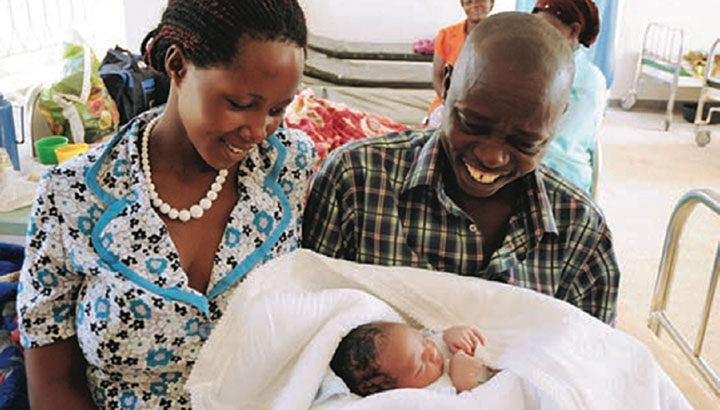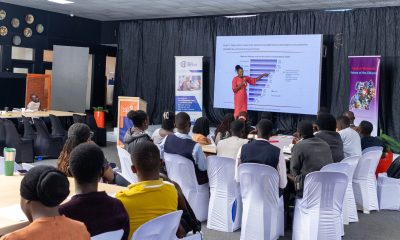Analysis
How to save mothers from dying in childbirth
A partnership between the private sector, governments and other development partners has recorded one of the most dramatic improvements in health indicators in Uganda – reducing the number of women and new born babies from dying during labour.
The Saving Mothers Giving Life (SMGL) initiative was a five year project that was meant to reduce mother and new born deaths arising from preventable causes. Born in 2012, the initiative was a collaboration between six US government agencies, five international organizations and the ministries of health in Uganda, Zambia and Nigeria with the aim of reducing the death of mothers during child-birth.
Using relatively inexpensive solutions such as boda boda ambulances to ferry expectant mothers to the health facility, the project has recorded tremendous achievements over the past five years in the 13-hard to reach districts of Uganda.
Of the three countries, Uganda registered the biggest improvements. Over the period of five years that the project run, death of mothers in the 13 districts fell by 44 percent, while stillbirths reduced by 20 percent. Claudia Morrissey, the US government official who led the project, attributed the success to the comprehensive approach, awareness creation and health system strengthening.
“We attribute the partnership’s success to the comprehensive approach undertaken at the outset – strengthening district health systems to surmount the obstacles to a safe pregnancy and childbirth,” said Morrissey.
Besides reducing maternal and child deaths, the programme led to a dramatic increase from (46 to 70 percent) in the number of women who were delivering in a health facility. In order to achieve this success, the Saving Mothers Giving Life drive ensured that it put in place strong systems that were aimed at removing delays that often led to deaths. The campaign ensured that mothers were encouraged to Seek Care, Reach Care and Receive Care.
As the end of project report points out: “Health system strengthening is a strategy for improving the way an entire health system functions. It is the backbone of the Saving Mothers Giving Life approach – enhancing the interconnected components of the health system simultaneously to address the three delays to accessing in deciding to seek, reaching and receiving quality care.”
As part of the health systems strengthening strategy, village health teams were mobilised to educate women and their families about safe motherhood and preparing for birth. This was complemented by a Boda boda voucher programme that subsidized the cost of motorcycle taxi transportation. This worked in such a way that a pregnant mother would receive vouchers that acted as cheques that they would give to boda boda riders whenever they wanted to visit the health facility.
“The partnership equipped lover level facilities to manage complications of pregnancy, and child-birth, many women were able to access care closer to home.”
Speaking at the launch of the report the U.S ambassador, H.E Deborah R Malac said “Programs like SMGL are essential building blocks for stronger systems that are able to endure when the unexpected hits, every two minutes a woman dies somewhere in the world during pregnancy or childbirth, yet 80% of the maternal and newborn deaths are preventable with such involvements”
According to Malac, the 44% reduction in maternal mortality and 20% decrease in stillbirths shows that a lot can be accomplished if there is ability to scale up the interventions to more districts and possibly implement the same across the country.
“The fact that the percentage of deliveries taking place in health facilities increased by 62% in the first year and had been maintained over the life of the project indicates that people really want to use accessible, high-quality services when they are available,” added Malac.
Uganda’s Health Minister Dr. Ruth Aceng said government had taken lessons from the SMGL to other parts of the country in order to increase its impact.
Comments



























